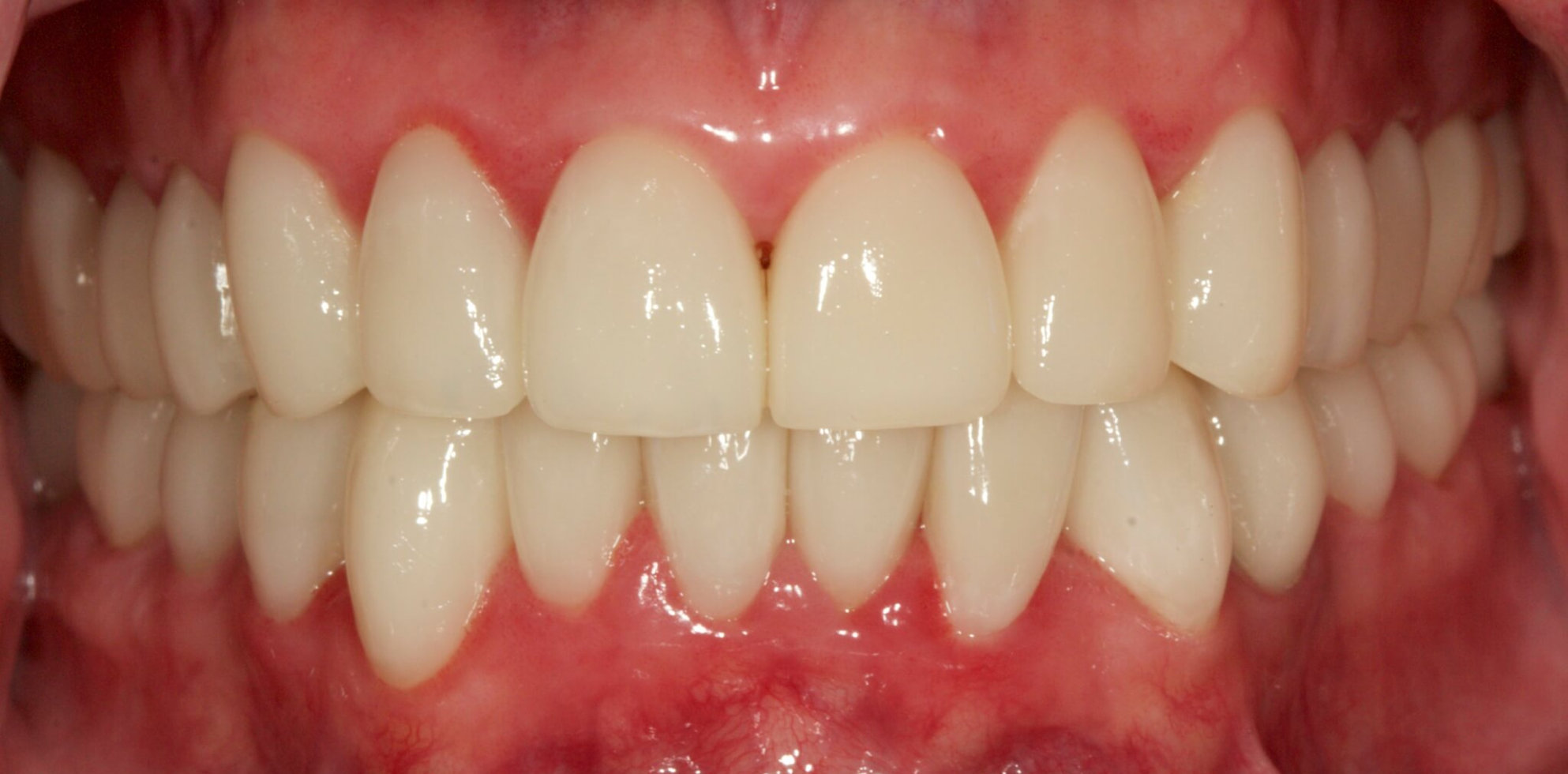
Tooth loss, decay, fractures, or worn enamel can create widespread oral dysfunction. A full-mouth reconstruction begins when multiple dental structures no longer function as they should. This condition affects not just appearance, but speech, chewing, and alignment. It’s more than cosmetic—it addresses function across all parts of the mouth. Patients often report difficulty eating, jaw fatigue, or tooth sensitivity across several areas. Damage might be visible, or it may show up during x-rays or bite analysis. Full-mouth reconstruction uses prosthodontics to rebuild the structure and restore balance across the dental arch.
Prosthodontists analyze how teeth, muscles, and joints are interacting before beginning treatment
Planning doesn’t begin with drilling or impressions. Prosthodontists analyze how teeth, muscles, and joints are interacting before beginning treatment. Bite alignment, facial proportions, and temporomandibular joint activity are considered together. This assessment often uses mounted models, scans, and facial measurements. The goal is to understand the function, not just fix broken teeth. Rebuilding without this analysis may cause future strain or discomfort. A poorly balanced bite can undo expensive restorations quickly. Early precision ensures that the outcome lasts beyond appearance.
Restoring vertical dimension may involve crowns, veneers, implants, or bridge-supported structures
As teeth wear down, the distance between the upper and lower jaws decreases. Restoring vertical dimension may involve crowns, veneers, implants, or bridge-supported structures. The goal is to rebuild lost height without overloading the jaw. This dimension affects facial aesthetics, speech, and muscle comfort. Restorations are carefully designed to recreate previous proportions. This part of reconstruction must be subtle to avoid overcorrection. Some patients need only a few millimeters adjusted. That difference, though small, changes chewing mechanics and smile symmetry significantly.
Prosthodontic treatment plans often combine fixed and removable solutions to address complex needs
No two mouths fail in the same way. Prosthodontic treatment plans often combine fixed and removable solutions to address complex needs. Implants replace missing roots, crowns rebuild damaged teeth, and partials may fill gaps. In severe cases, full dentures are part of the plan. The prosthodontist selects materials based on function, not just color or finish. Long-span bridges may need reinforcement. Zirconia, porcelain, or metal choices depend on bite force and wear resistance. Material mismatches can cause fractures or premature failure.
Diagnostic wax-ups help visualize the result and test function before final placement
Prosthodontists rarely build restorations without previewing the result. Diagnostic wax-ups help visualize the result and test function before final placement. These mockups are physical or digital models created in the lab. Patients can review tooth shape, length, and bite alignment. Temporary versions may also be worn to check comfort. Adjustments can be made before permanent materials are crafted. This avoids surprises and increases satisfaction. It also gives the prosthodontist an opportunity to fine-tune details in real time.
Temporaries serve as functional placeholders while the final restorations are fabricated
The process doesn’t move from preparation to final restoration in one step. Temporaries serve as functional placeholders while the final restorations are fabricated. These temporary teeth protect the prepared surfaces and allow speech and chewing during treatment. They also help test the new bite and check gum health under altered forces. If something feels off, changes are made before permanent placement. Temporary materials are softer and easier to adjust. They provide valuable feedback that shapes the final design.
Implant placement is often coordinated with oral surgeons or periodontists during reconstruction
When missing teeth are involved, multiple specialists may work together. Implant placement is often coordinated with oral surgeons or periodontists during reconstruction. Timing matters—implants must heal before they’re loaded with force. Bone quality, sinus location, and nerve position affect placement. Prosthodontists guide the process to ensure the final tooth matches the treatment plan. Poorly positioned implants can cause uneven loads or compromise aesthetics. Clear communication between surgical and restorative teams improves long-term results.
Esthetics are matched not only to color, but also shape, translucency, and smile line
Reconstruction isn’t just about chewing. Esthetics are matched not only to color, but also shape, translucency, and smile line. Prosthodontists study lip position, gum display, and symmetry. They select tooth shapes that suit the patient’s age, facial structure, and speech patterns. Even small changes in tooth angles affect how light reflects and how natural the smile appears. Matching existing teeth takes skill and lab coordination. Patients often review several samples before selecting the final shade.
Jaw pain or muscle fatigue may improve once balance and function are restored
Problems that seemed unrelated sometimes disappear after treatment. Jaw pain or muscle fatigue may improve once balance and function are restored. Misaligned teeth can overload one side of the jaw, causing muscle tension. Improper bite forces can strain ligaments and contribute to headaches. Prosthodontic reconstruction realigns pressure and creates even contact across the bite. Over time, muscles adapt to the new position. Patients often notice less tension during meals or yawning. Correct function reduces microtrauma that builds slowly into chronic pain.
Maintenance after reconstruction includes regular cleaning and periodic bite checks
New teeth don’t last forever without care. Maintenance after reconstruction includes regular cleaning and periodic bite checks. Prosthodontic work can chip, shift, or wear without consistent monitoring. Plaque buildup around crowns or bridges causes gum irritation. Cleanings remove deposits that threaten long-term stability. Bite checks catch subtle changes in contact points. A small misalignment can stress the restoration over time. Follow-up care is not optional—it’s part of the reconstruction process. Skipping visits increases the risk of failure.
Many reconstructions are completed in phases to reduce complexity and manage healing
Prosthodontic plans rarely happen in a single session. Many reconstructions are completed in phases to reduce complexity and manage healing. Early steps may include extractions, grafts, or interim restorations. Each phase prepares for the next with intention. Timing allows gums and bone to adapt. This staged approach reduces complications and improves predictability. It also helps patients manage cost and time. Phased care respects biology while building a lasting outcome.
Restoring function through prosthodontics improves chewing, speech, esthetics, and confidence
The full-mouth reconstruction isn’t just about teeth. Restoring function through prosthodontics improves chewing, speech, esthetics, and confidence. Patients often rediscover foods they avoided for years. Speaking becomes easier when tooth position is balanced. Smiles return without self-conscious gestures or covering the mouth. More importantly, comfort and health improve. A well-planned reconstruction changes not just how teeth look—but how life feels. The change may be slow, but the result is lasting.
Source: Prosthodontics in Dubai / Prosthodontics in Abu Dhabi
